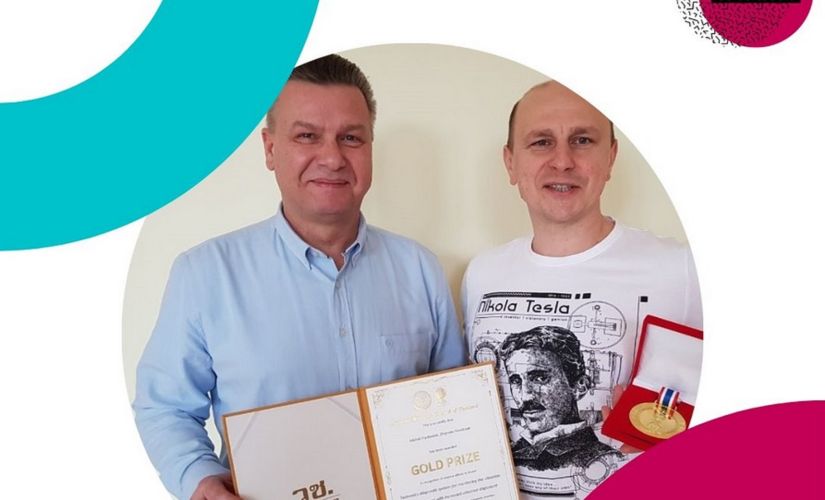Vehicle seating, beyond ensuring user comfort, also needs to be able to minimize the transfer of vibrations, especially at frequencies unsafe for humans. The problem is tackled through the project Textronic diagnostic system for monitoring vibration levels in seats with increased exposure to vibrations.
Its authors are dr hab. inż. Michał Frydrysiak and mgr inż. Zbigniew Pawliczak of the Department of Knitting Technologies and Textile Machines, Faculty of Materials Technology and Textile Design.
As the inventors explained, the negative effects associated with vibration transfer affect the human skeletal system and internal organs in particular, although they may also trigger specific physiological and psycho-physical reactions, including visual acuity dysfunction, delays in motor and visual reaction times, and impaired coordination of movement.
This problem also concerns children traveling in car seats, especially infants who usually travel in a semi-recumbent position, thus absorbing vibrations through the lumbar spine. The textiles' innovative structure has been designed to dampen mechanical vibrations within a specific range of frequencies.
Dr hab inż. Michał Frydrysiak, a co-author of the solution said, 'The textronic diagnostic system consists of an engineered 3D sensory spacer knitted fabric. A piezoelectric thread is integrated into its structure and is connected to an electronic device equipped with software for recording and processing vibrations. Its main advantage is its ability to perform vibration diagnostics, i.e. to visualize and signal vibrations exceeding values safe for humans.'

